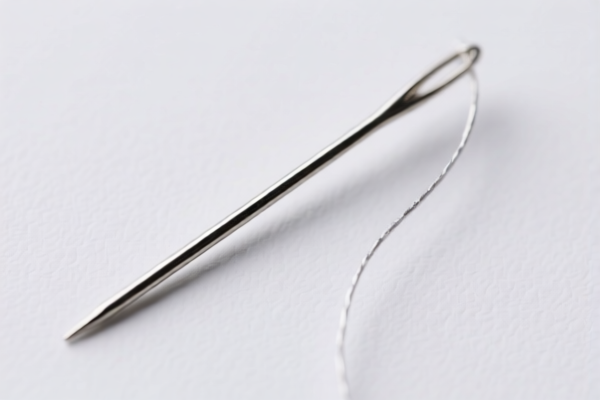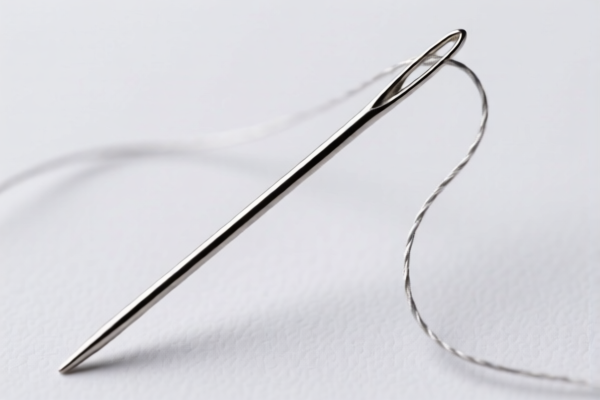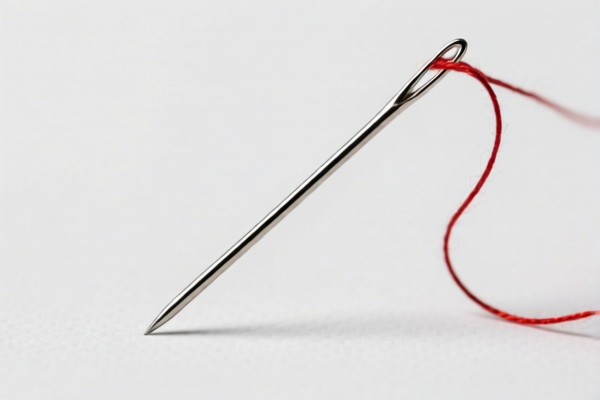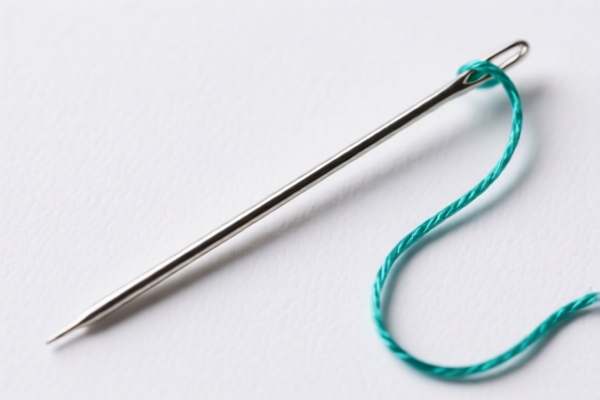| HS Code | Official Doc | Tariff Rate | Origin | Destination | Effective Date |
|---|---|---|---|---|---|
| 8311900000 | Doc | 55.0% | CN | US | 2025-05-12 |
| 8307906000 | Doc | 58.8% | CN | US | 2025-05-12 |
| 8307903000 | Doc | 58.8% | CN | US | 2025-05-12 |
| 7118100000 | Doc | 37.5% | CN | US | 2025-05-12 |
| 7118900055 | Doc | 37.5% | CN | US | 2025-05-12 |
| 7115100000 | Doc | 59.0% | CN | US | 2025-05-12 |
| 7115906000 | Doc | 59.0% | CN | US | 2025-05-12 |
| 2201900000 | Doc | 55.0% | CN | US | 2025-05-12 |
| 8211929030 | Doc | 0.4¢ each + 6.1%+37.5% | CN | US | 2025-05-12 |
| 8211929060 | Doc | 0.4¢ each + 6.1%+37.5% | CN | US | 2025-05-12 |
| 8208906000 | Doc | 55.0% | CN | US | 2025-05-12 |
| 8214906000 | Doc | 0.2¢ each + 3.1%+30.0% | CN | US | 2025-05-12 |
| 8214909000 | Doc | 1.4¢ each + 3.2%+30.0% | CN | US | 2025-05-12 |
| 7317006530 | Doc | 80.0% | CN | US | 2025-05-12 |
| 7317005518 | Doc | 80.0% | CN | US | 2025-05-12 |
| 8305906000 | Doc | 43.2% | CN | US | 2025-05-12 |
| 8305903010 | Doc | 30.0% | CN | US | 2025-05-12 |
| 7319909000 | Doc | 65.4% | CN | US | 2025-05-12 |
| 7319901000 | Doc | 62.5% | CN | US | 2025-05-12 |




Barbecue Needle
A barbecue needle, also known as a skewer or kebab needle, is a slender, pointed rod used to hold pieces of food together for grilling, roasting, or baking. They are a fundamental tool in various cuisines worldwide.
Material
Barbecue needles are commonly constructed from the following materials:
- Stainless Steel: The most prevalent material due to its durability, resistance to rust and corrosion, and ease of cleaning. Stainless steel skewers can be reused repeatedly.
- Carbon Steel: Offers excellent heat retention and can develop a natural non-stick patina with use. Requires careful seasoning and maintenance to prevent rusting.
- Bamboo: A disposable, inexpensive option, often pre-soaked in water to prevent burning. Suitable for single-use applications.
- Wood: Similar to bamboo, wood skewers are disposable and best for shorter cooking times.
- Iron: Less common due to its susceptibility to rust and potential for imparting a metallic taste to food. Requires thorough seasoning and careful use.
Purpose & Function
The primary purpose of a barbecue needle is to:
- Secure Food Pieces: Hold multiple pieces of meat, vegetables, fruits, or seafood together, enabling even cooking and easier handling.
- Facilitate Rotation: Allow for uniform exposure to heat during grilling or roasting, promoting consistent doneness.
- Enable Marinade Penetration: Permit marinades and seasonings to reach the interior of food items.
Usage Scenarios
Barbecue needles are utilized in a wide array of cooking applications:
- Grilling: A staple for barbecues, kebabs, and satay.
- Roasting: Used in the oven for roasting meats, vegetables, or fruits.
- Baking: Employed in baking to create fruit skewers or other desserts.
- Fondue: Hold pieces of food for dipping into fondue pots.
- Smokers: For creating kebabs or holding food during low-and-slow smoking.
Common Types
- Flat Skewers: Wider and flatter, providing more surface area to hold larger pieces of food and preventing rotation.
- Round Skewers: The most common type, suitable for a variety of food items.
- Spiral Skewers: Feature a spiral design to better secure food and prevent slipping.
- Single-Prong Skewers: Used for holding a single item, such as a large piece of meat.
- Double-Prong Skewers: Feature two prongs for increased stability.
- Reusable Skewers: Typically made of stainless steel and designed for repeated use.
- Disposable Skewers: Often made of bamboo or wood, intended for single-use applications.
- Rotating Skewers: Mechanically rotate during cooking, ensuring even heat distribution (often used in rotisseries).
Barbecue needles fall under articles for use in the hand, of iron or steel; safety pins and other pins of iron or steel, not elsewhere specified or included. Several HS codes may be relevant depending on the specific characteristics of the product.
-
7319.90.90.00: This HS code covers other sewing needles, knitting needles, bodkins, crochet hooks, embroidery stilettos and similar articles for use in the hand, of iron or steel; safety pins and other pins of iron or steel, not elsewhere specified or included.
- 73: Articles of iron or steel. This chapter broadly covers a wide range of iron and steel products.
- 19: Sewing needles, knitting needles, bodkins, crochet hooks, embroidery stilettos and similar articles for use in the hand, of iron or steel; safety pins and other pins of iron or steel, not elsewhere specified or included. This heading focuses on hand-operated articles made of iron or steel.
- 90: Other. This subheading covers articles within the heading that are not specifically classified elsewhere.
-
7319.90.10.00: This HS code covers sewing, darning or embroidery needles.
- 73: Articles of iron or steel.
- 19: Sewing needles, knitting needles, bodkins, crochet hooks, embroidery stilettos and similar articles for use in the hand, of iron or steel; safety pins and other pins of iron or steel, not elsewhere specified or included.
- 10: Sewing, darning or embroidery needles.
Regarding HS code 7319.90.90.00 and 7319.90.10.00, please note the basic customs tariff is 2.9%, with an additional tariff of 7.5%. A further tariff of 30.0% will apply after April 2, 2025. Additionally, a tariff of 25% may apply to steel and aluminum products.
Customer Reviews
The section on exporting to the US was really helpful. I was able to get all the necessary details in one place.
The tariff rate information was spot-on. I'm glad I came across this page before submitting my export documentation.
The content is good, but I wish there were more examples of how the HS code applies to different types of doors.
I found the trade details a bit overwhelming at first, but the HS code explanation helped me navigate it better.
This page made it easy to understand the import regulations for plastic doors. Definitely worth the time to read through.